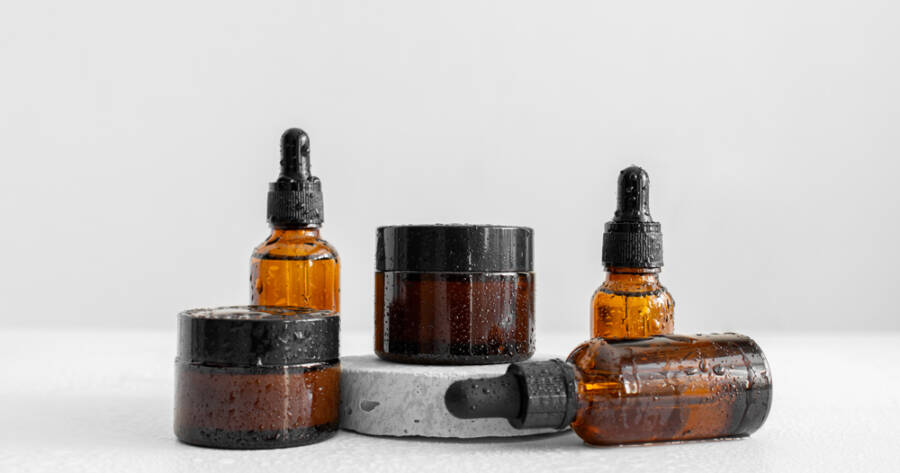In recent years, “clean beauty” has become more than just a buzzword – it’s a movement reshaping how we think about skincare, makeup, and personal care products. As consumers become more aware of what they’re putting on their skin, the demand for transparency, safety, and sustainability has skyrocketed. But what does “clean beauty” really mean, and why should it matter to you? Whether you’re new to the concept or just looking to make more mindful choices, explore the essentials of clean beauty and why it’s worth paying attention to.
What Is Clean Beauty?
At its core, clean beauty refers to products made without potentially harmful or toxic ingredients. Unlike “natural” or “organic,” which are often associated with plant-based ingredients, “clean” is about safety and transparency rather than being entirely natural.
Clean beauty products avoid ingredients that are known or suspected to be harmful to human health or the environment. They are formulated without controversial additives like parabens, phthalates, sulfates, synthetic fragrances, and certain preservatives that can irritate the skin or disrupt hormones.
Clean beauty brands also tend to emphasize ethical practices, including cruelty-free testing, sustainable sourcing, and eco-friendly packaging.
Common Ingredients Avoided in Clean Beauty
While definitions vary slightly between brands, most clean beauty products avoid a similar list of ingredients. Here are some of the most commonly excluded:
- Parabens: Preservatives that may disrupt hormone function.
- Phthalates: Often found in synthetic fragrances, linked to reproductive health concerns.
- Sulfates (SLS/SLES): Harsh cleansing agents that can strip the skin and cause irritation.
- Formaldehyde and formaldehyde-releasing agents: Preservatives associated with skin irritation and potential carcinogenic effects.
- Synthetic fragrance: A blanket term that can hide hundreds of unknown chemicals.
Instead, clean beauty products often use plant-based extracts, essential oils, mineral pigments, and safer synthetic ingredients that have been proven to be non-toxic and skin-friendly.
Why Clean Beauty Matters
1. Your Skin Absorbs What You Apply
Your skin is your body’s largest organ, and while it doesn’t absorb everything, studies show that certain chemicals can enter the bloodstream through topical application. Choosing clean beauty minimizes your exposure to questionable ingredients and gives you more control over what you’re putting on your skin every day.
2. Transparency Builds Trust
Clean beauty brands typically offer full ingredient lists and educate customers about what each component does. This level of transparency empowers you to make informed decisions based on your skin type, sensitivities, and personal values.
3. Better for the Environment
Many clean beauty companies commit to sustainable sourcing, biodegradable ingredients, and recyclable packaging. By opting for clean products, you’re also reducing your environmental footprint and supporting eco-conscious brands.
4. Ethical Considerations
Cruelty-free testing is often a cornerstone of clean beauty. Many clean beauty brands ensure their products and ingredients are never tested on animals and meet ethical standards in their supply chain.
How to Start Your Clean Beauty Journey
You don’t need to overhaul your entire beauty routine overnight. Start small by swapping out one product at a time – perhaps your cleanser, moisturizer, or lipstick. Look for trusted clean beauty certifications or shop from brands with strong reputations for transparency and ethical practices.
Tips for Getting Started:
- Read ingredient labels carefully: Just because a product says “clean” doesn’t mean it meets your standards.
- Research brands: Look for those that align with your values.
- Use apps: Tools like EWG’s Skin Deep or Think Dirty can help rate product safety.
- Focus on essentials: Prioritize the products you use most often or apply over large areas of skin.
Beauty That’s Safer, Smarter, and More Sustainable
Clean beauty isn’t just a trend – it’s a shift toward safer, more ethical, and environmentally conscious self-care. By understanding what clean beauty means and making intentional choices, you can feel confident that what you’re putting on your skin aligns with your health and values.
After all, beauty should never come at the cost of your well-being or the planet.

